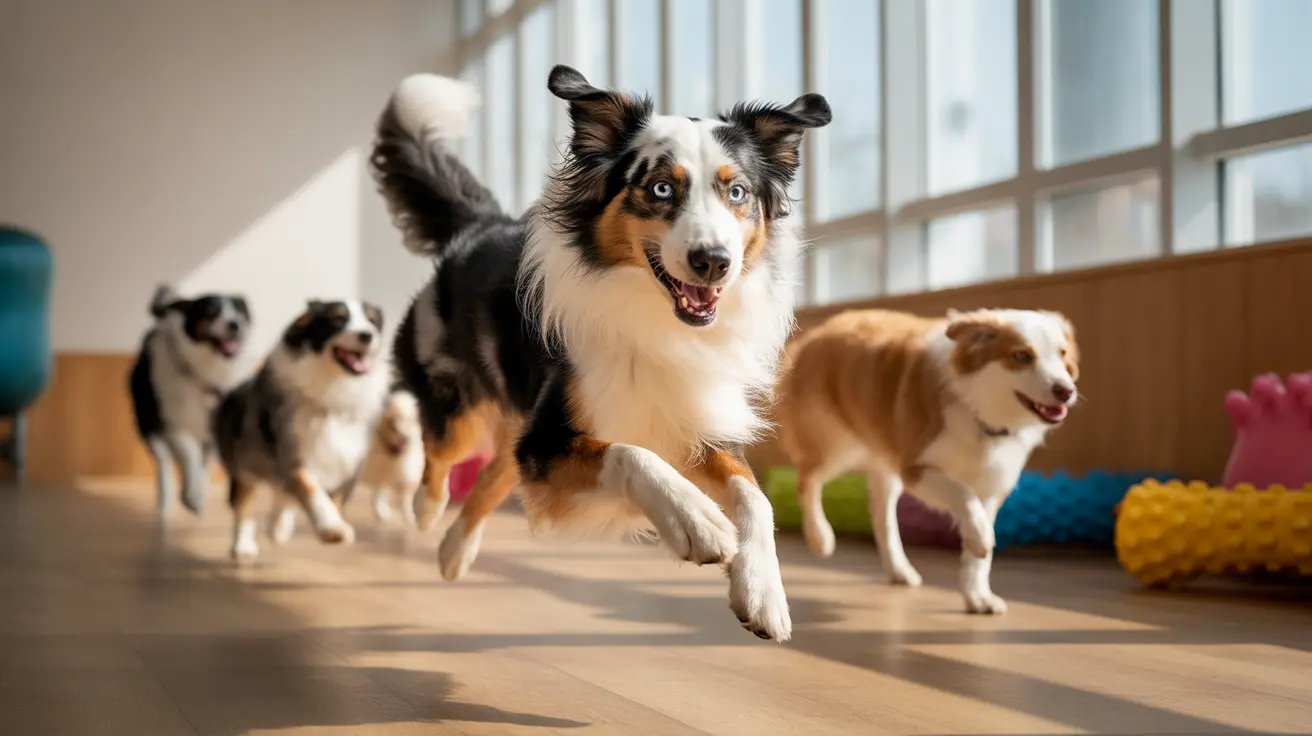Understanding the 4 F's of Dog Behavior
When dogs are stressed, anxious, or frightened, they often rely on instinctive coping mechanisms known as the 4 F's: Fight, Flight, Freeze, and Fawn. These behaviors are deeply rooted in animal survival mechanisms and help dogs respond to threatening or uncomfortable situations. Recognizing these signs is crucial for responsible pet ownership and effective dog training.
1. Fight: Aggressive Defense
“Fight” is an instinctual response where a dog reacts to a threat by becoming defensive or aggressive. This may include growling, barking, snapping, or biting. It often occurs when the dog feels trapped and unable to escape.
- Triggered by fear or perceived danger
- Common in dogs lacking socialization or with traumatic pasts
- Warning signs may include stiff posture, raised hackles, and intense eye contact
2. Flight: Escaping the Threat
“Flight” refers to the dog’s attempt to remove itself from a threatening situation. This is one of the most common responses among shy or under-socialized dogs when they encounter unfamiliar people, environments, or experiences.
- Dogs will often run away, hide, or avoid eye contact
- May occur during loud noises (like fireworks) or stressful events
- Dogs that consistently flee may develop anxiety disorders if not supported
3. Freeze: Stillness and Withdrawal
“Freezing” is when a dog becomes immobile in response to fear. It might appear as if the dog is paralyzed or unsure of what to do. This indicates internal conflict or indecision about whether to fight or flee.
- Can include lowered body posture, tucked tail, and flattened ears
- Often seen in shelter dogs or those subjected to punitive training
- Important to avoid touching or startling a freezing dog, as it may escalate to aggression
4. Fawn: Appeasement Behavior
“Fawning” involves submissive gestures aimed at appeasing or pacifying a perceived threat. A fawning dog often tries to please through over-compliance or body language meant to diffuse tension.
- Includes behaviors like rolling over, submissive urination, or licking
- Common in dogs trained harshly or corrected incorrectly
- Can be mistaken for obedience but often stems from fear
Why the 4 F's Matter in Dog Training
Recognizing these stress responses is essential in dog training. According to expert insights such as those by Stephanie Gibeault, CPDT, positive reinforcement is the key to effective training. Many training mistakes—like showing frustration, using aversives, cue nagging, or inconsistency—can push dogs into one of the 4 F responses.
How to Respond to the 4 F's
- Fight: Avoid confrontational approaches; instead, give space and use desensitization techniques.
- Flight: Ensure safe, gradual exposure and positive associations to reduce triggers.
- Freeze: Avoid punishing or forcing interaction. Use soothing, calm behaviors and give the dog time to feel secure.
- Fawn: Provide confidence-building activities and avoid punitive training methods.
Preventing the 4 F Reactions
Prevention is better than cure. Dog training experts emphasize:
- Consistency: Use clear, consistent cues and routines
- Environment: Train in distraction-free areas first
- Reinforcement: Reward desired behaviors with treats, praise, or toys
- Socialization: Begin early and maintain exposure to various people, pets, and environments
- Avoid Aversives: Scolding or punishment can worsen fear and trigger these responses
Conclusion
Understanding the 4 F's of dog behavior—fight, flight, freeze, and fawn—empowers dog owners to interpret canine signals accurately. With the use of positive training methods and an empathetic approach, it's possible to build a trusting relationship with your dog, reduce stress-related behavior, and support a balanced emotional state. If your dog frequently exhibits any of these behaviors, consider working with a certified dog behaviorist or trainer to develop a personalized plan for long-term behavioral success.





